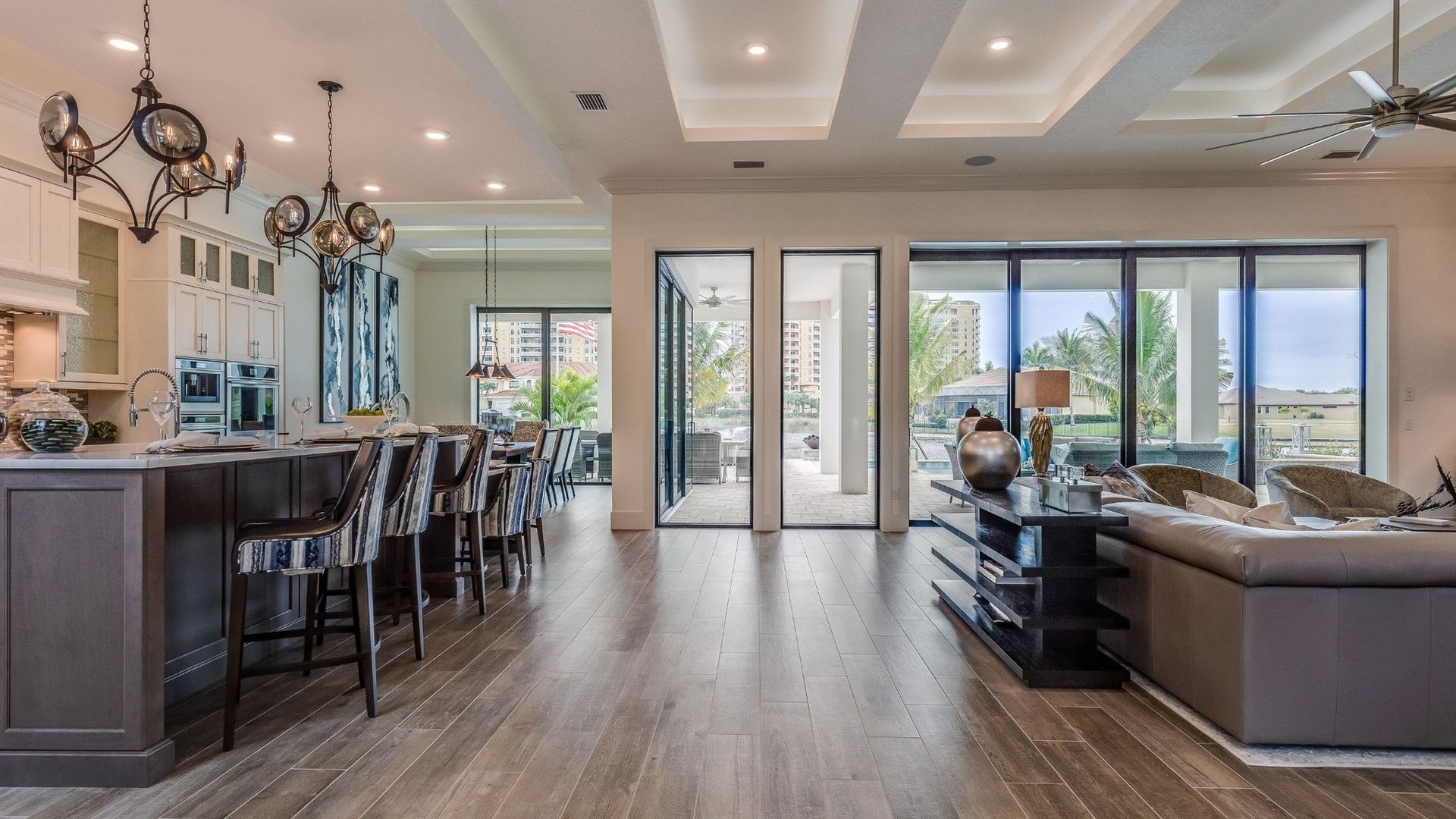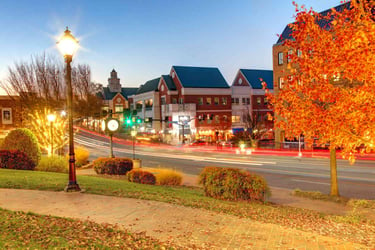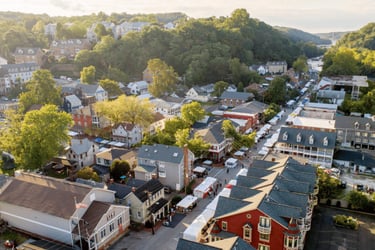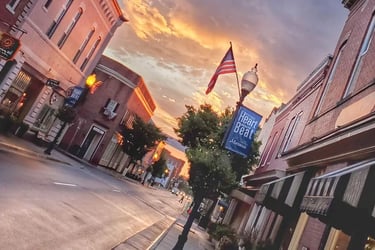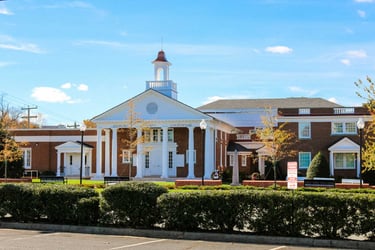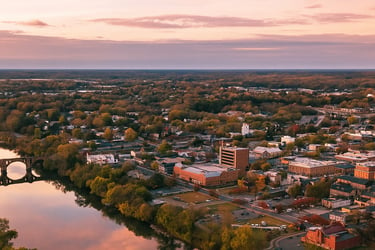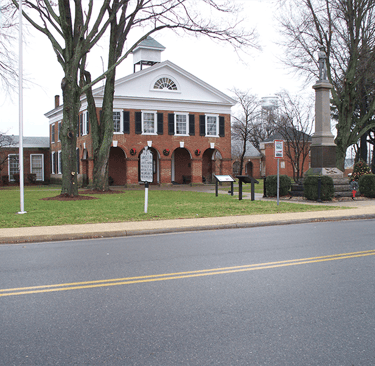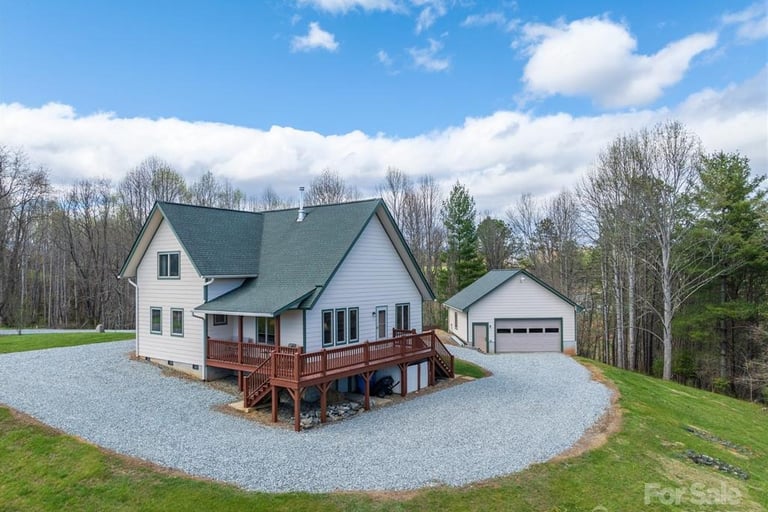
Decades of Experience. Thousands of Homes Sold. One Agent You Can Trust.


Discover Life in Northern Virginia


Featured Homes
Northern VA

2 Beds
924 Sq. Ft.
1 Baths
12705 Dara Dr Unit 103

2 Beds
924 Sq. Ft.
1 Baths
12705 Dara Dr Unit 103
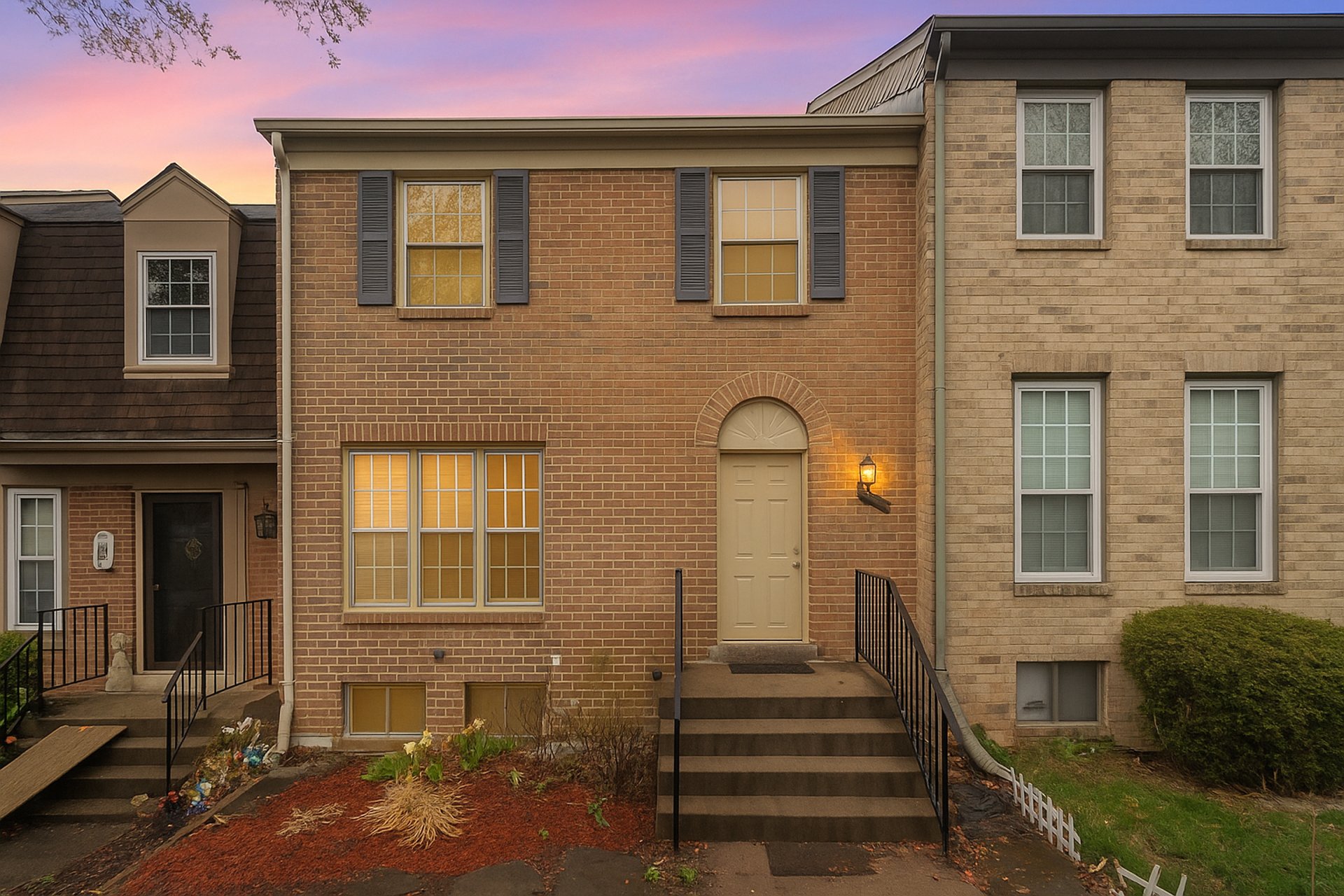


3 Beds
2,334 Sq. Ft.
3.5 Baths


4 Beds

5,761 Sq. Ft.

4.5 Baths
129 Sentinel Ridge Ln

Navigating Northern Virginia Real Estate with Confidence
Whether buying or selling, Northern Virginia offers a vibrant market full of diverse opportunities—from charming historic neighborhoods to modern communities perfect for families, professionals, and retirees alike. With excellent schools, a strong sense of community, and proximity to Washington, D.C., it’s no wonder this region is so sought after.
The Moyers Team brings years of local expertise to guide you seamlessly through every step of your real estate journey. Whether you’re searching for your first home, transitioning to your next, or relocating for corporate, government, or military assignments, we provide personalized service tailored to your needs. Our innovative home search tools and deep market knowledge simplify your move, ensuring you find the perfect home or buyer quickly and efficiently.
When it’s time to sell, trust our proven marketing system and expert negotiation skills to showcase your property, attract top offers, and close with ease—letting you focus on what matters most. Ready to make your Northern Virginia real estate goals a reality? Let’s get started.
